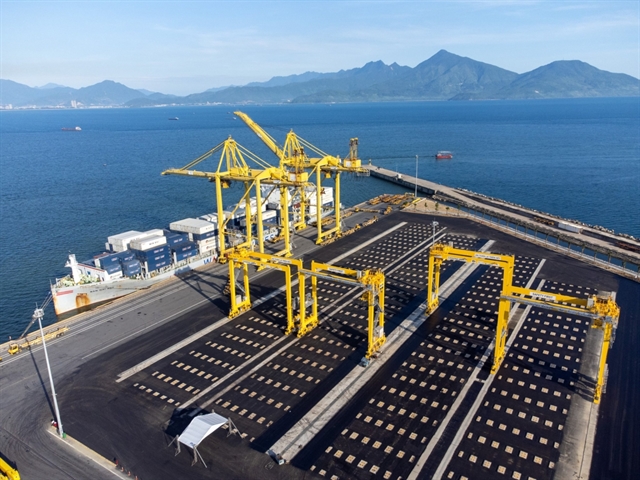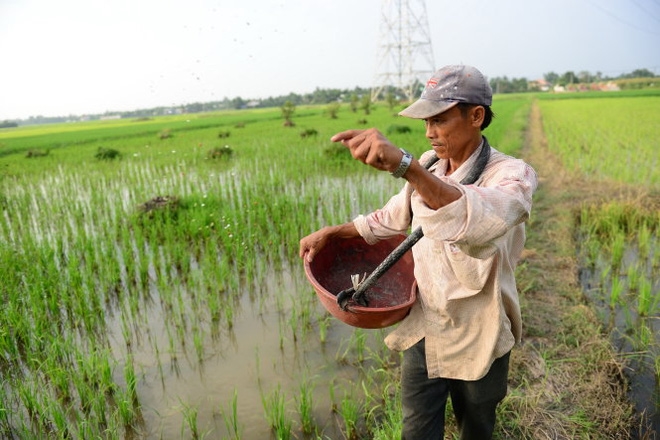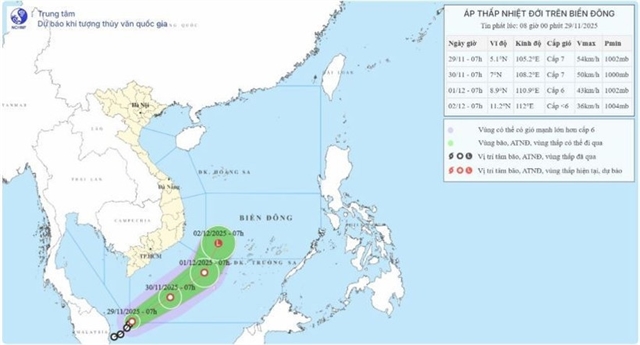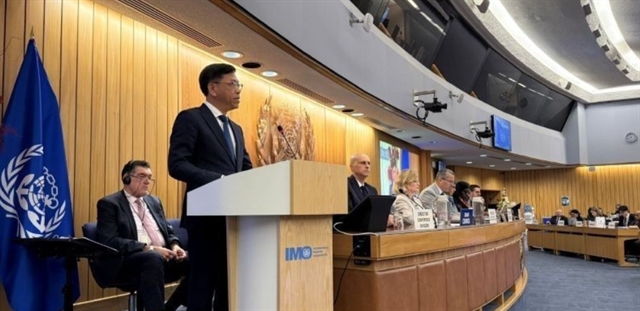 Economy
Economy

Despite the market rising an average of more than 15 per cent this year, fertiliser stocks, with their high rate of return, did not see good growth.
 |
| Despite the market rising an average of more than 15 per cent this year, fertiliser stocks, with their high rate of return, did not see good growth. — Photo cafef.vn |
HÀ NỘI — Despite the market rising an average of more than 15 per cent this year, fertiliser stocks, with their high rate of return, did not see good growth.
As the three largest firms in the industry, Bình Điền Fertilizer (BFC), Phú Mỹ Fertiliser (DPM) and Lâm Thao Fertiliser (LAS) often give quite good dividend rates to shareholders.
In early June, BFC paid a dividend of 30 per cent for 2015. DPM was also a stock with a high dividend rate. In three years, the firm has paid a total dividend of 95 per cent corresponding to more than 30 per cent of the annual cash dividends.
LAS, with the highest annual dividend of 40 per cent, even gave shareholders bonus shares at 45 per cent in the third quarter of this year.
However, except the instant growth of BFC, DPM and LAS saw no significant change till very recently in the third quarter, when the two stocks showed some growth.
DPM shares, which were often traded at VNĐ28,000 each before, grew six per cent to touch VNĐ29,400 each on HOSE on July 19.
On the northern bourse, LAS shares rose nearly 12 per cent in the last quarter from VNĐ27,000 to VNĐ31,8000 each on July 19.
According to local experts, despite receiving high dividends from the fertiliser firms, investors looked out for profit-making potential. In Q1, most fertiliser sales and profits fell.
Earlier this year, FPT Securities Company (FPTS) said local fertiliser firms were facing fierce competition from peers and lower demand.
The Bảo Việt Security Ccompany referred to the reports of the World Fertiliser Association, which said prices would fall following oversupply in the future. The World Bank (WB) forecast that fertiliser prices would decrease by two to five per cent in 2016 from the previous year.
In Việt Nam, the local fertiliser production was forecast to increase with the operation of new plants.
Vũ Đức Minh Hiếu, an expert in the field, said market analysts were of the opinion that fertiliser supply in Việt Nam was always higher than demand by one to 1.2 per cent, adding that demand would grow 1.5 to two per cent in the next five years, while supply would increase by 4.1per cent.
More importantly, Việt Nam was mostly producing and using inorganic fertilisers (second largest after China), while the global trend was towards less use of chemical fertilisers in agriculture to promote environment-friendly cultivation.
With such trends, increasing demand for food safety and more environment protection, local fertiliser firms would face long-term risks, which should force them to prepare suitable development strategies or be left behind, the FPTS evaluation department said.— VNS




